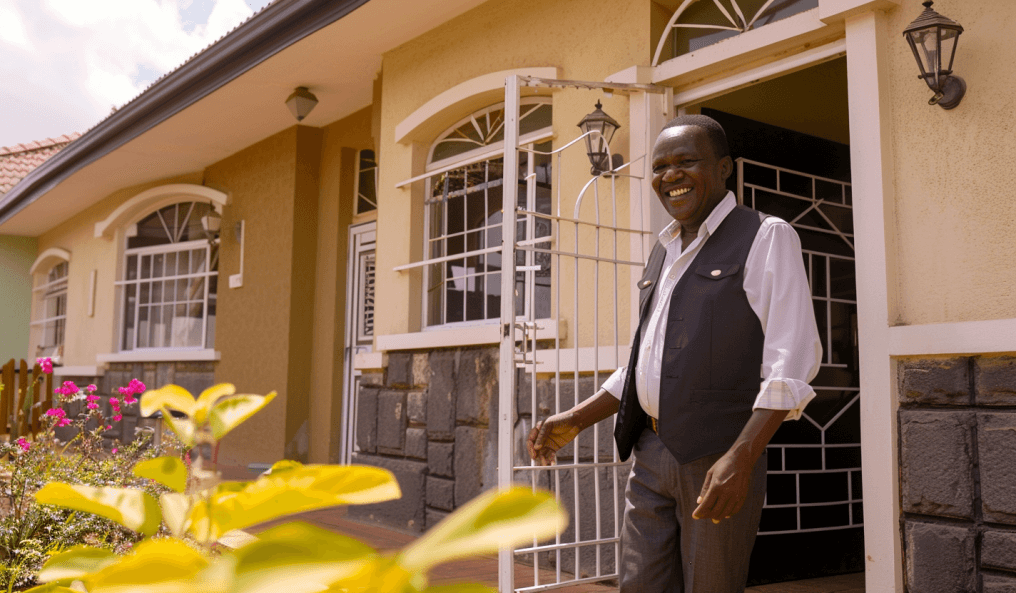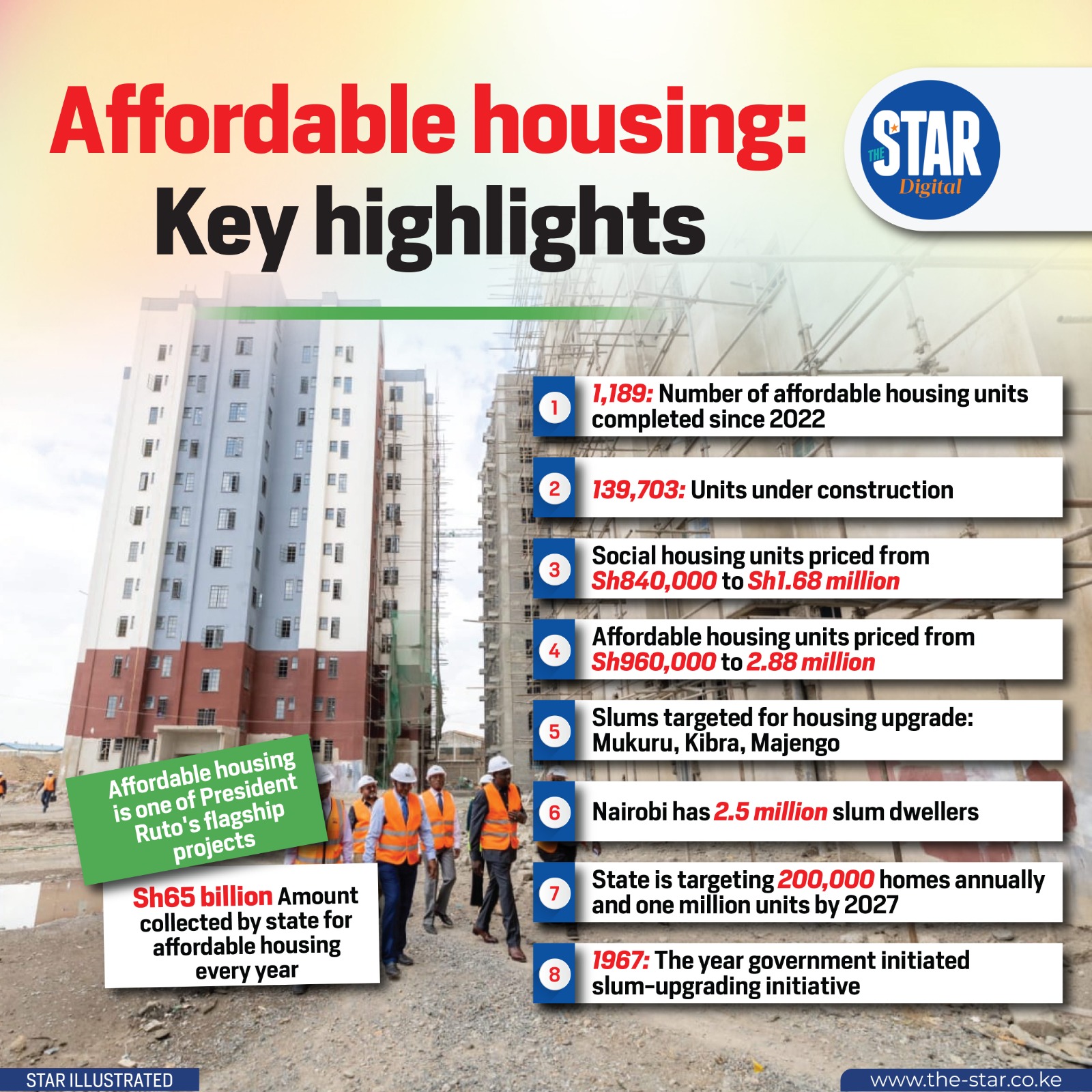Sustainable construction is no longer a mere buzzword in Kenya; in 2025, it has firmly transitioned into a tangible and increasingly profitable segment of the property market. As global awareness of climate change intensifies and the demand for resource efficiency grows, developers, investors, and homeowners in Kenya are recognizing the multifaceted benefits of eco-friendly developments. This article explores the burgeoning green building trends in Kenya, highlighting how sustainability is not just an environmental imperative but also a significant driver of economic viability and long-term value in the real estate sector.
The Rise of Green Building in Kenya: A Paradigm Shift
For many years, 'green building' was perceived as an expensive, niche concept in Kenya, largely limited to a few high-profile commercial projects or donor-funded initiatives. However, 2025 marks a turning point, with a noticeable shift in perception and adoption. This paradigm shift is driven by a convergence of factors:
- Increasing Energy Costs: The rising cost of electricity and water has made energy and water efficiency a practical financial necessity for both developers and end-users.
- Growing Environmental Awareness: A more informed and environmentally conscious consumer base is actively seeking properties that align with sustainable values.
- Regulatory Support and Incentives: While still evolving, there's a growing policy push and discussions around incentives for green developments, encouraging broader adoption.
- Availability of Local Materials and Expertise: The growth of local expertise and the increasing availability of sustainable building materials are making green construction more feasible and cost-effective.
- Investor Demand: Institutional investors and foreign capital are increasingly prioritizing Environmental, Social, and Governance (ESG) criteria, pushing developers towards greener projects.
This confluence of factors is positioning Kenya as a leader in green building within East Africa, with Nairobi at the forefront of this transformation.
Key Green Building Trends Dominating Kenya's Market in 2025
1. Energy Efficiency through Passive Design and Renewables
Developers are prioritizing designs that minimize the need for artificial lighting and cooling. This includes:
- Optimized Orientation: Designing buildings to maximize natural light and ventilation, reducing reliance on electric lighting and air conditioning.
- Shading and Insulation: Incorporating features like overhangs, louvers, and proper wall and roof insulation to reduce heat gain, keeping interiors cooler.
- Solar Power Integration: The adoption of solar photovoltaic (PV) systems for electricity generation and solar water heaters is becoming standard, significantly reducing utility bills and carbon footprints.
- Energy-Efficient Appliances and Lighting: Specifying LED lighting, energy-star rated appliances, and smart home systems that optimize energy consumption.
2. Water Conservation and Management
Water scarcity is a persistent challenge in Kenya, driving innovation in water-efficient building practices:
- Rainwater Harvesting Systems: Implementing robust systems to collect and store rainwater for non-potable uses like irrigation, toilet flushing, and cleaning.
- Greywater Recycling: Treating and reusing water from sinks and showers for landscaping, reducing reliance on fresh municipal water.
- Low-Flow Fixtures: Installing water-efficient taps, showerheads, and toilets that significantly reduce water consumption without compromising performance.
- Drought-Tolerant Landscaping: Utilizing indigenous plants and efficient irrigation methods (e.g., drip irrigation) to minimize water use for landscaping.
3. Sustainable Materials and Construction Practices
The choice of materials and construction methods is increasingly focusing on reducing environmental impact:
- Locally Sourced Materials: Prioritizing materials available within Kenya (e.g., local stone, timber from sustainable forests) to reduce transportation costs and carbon emissions.
- Recycled Content Materials: Using materials with recycled content, such as recycled steel, concrete, or reclaimed timber.
- Low Volatile Organic Compound (VOC) Products: Specifying paints, adhesives, and sealants with low VOCs to improve indoor air quality and reduce health risks for occupants.
- Waste Management: Implementing efficient construction waste management plans to minimize landfill contributions, including recycling and reusing materials on-site.
- Prefabrication and Modular Construction: These methods can reduce waste, improve efficiency, and minimize disruption on site, contributing to overall sustainability.
4. Green Certifications and Standards
The Kenya Green Building Society (KGBS) is playing a crucial role in promoting green building standards and certifications, such as the Green Star rating system. Developers are increasingly seeking these certifications, as they:
- Provide Credibility: Offer independent verification of a project's environmental performance.
- Enhance Marketability: Green-certified buildings often command higher rents and sales prices and attract environmentally conscious tenants/buyers.
- Attract Green Financing: Banks and financial institutions are beginning to offer 'green' loans or preferential terms for certified sustainable projects.
5. Mixed-Use and Eco-Districts
The concept of integrated, mixed-use developments that combine residential, commercial, and recreational spaces is gaining traction. These often incorporate green principles at a master-plan level, creating self-sufficient eco-districts that promote walking, cycling, and reduced energy consumption through shared infrastructure and amenities. Tatu City and Tilisi are examples of large-scale projects incorporating sustainable master planning.
Sustainability Meets Profitability: The Business Case for Green Buildings
The initial perception of green buildings being prohibitively expensive is rapidly being debunked. In 2025, the profitability aspect of sustainable construction is increasingly evident:
- Reduced Operating Costs: Energy and water-efficient designs lead to significantly lower utility bills for occupants, making properties more attractive and affordable in the long run.
- Higher Property Values and Rental Yields: Green-certified buildings are increasingly commanding higher sales prices and rental yields, driven by demand from informed buyers and corporate tenants with sustainability mandates.
- Faster Occupancy Rates: Eco-friendly properties often experience faster lease-up and sales cycles due to their appeal to a growing segment of the market.
- Brand Enhancement: Developers embracing green practices build a strong, reputable brand image, attracting investment and customer loyalty.
- Access to Green Finance: A burgeoning market for 'green' bonds and loans offers developers favorable financing terms for sustainable projects.
- Compliance and Future-Proofing: Investing in green building now positions developers favorably for future, potentially stricter, environmental regulations.
Conclusion: A Green Future for Kenya's Real Estate
In 2025, Kenya's real estate market is undeniably embracing green building trends, proving that sustainability and profitability are not mutually exclusive. The shift is driven by a combination of environmental necessity, economic incentives, and evolving consumer preferences. From energy and water efficiency to the adoption of sustainable materials and the pursuit of green certifications, developers are increasingly integrating eco-friendly practices into their projects. This not only contributes to a healthier planet but also offers tangible financial returns through reduced operating costs, higher property values, and enhanced market appeal. As Kenya continues its journey towards sustainable development, green building will remain a pivotal force, shaping the future landscape of its thriving property market and setting a powerful example for the region. For buyers and investors, looking for properties that align with these green principles is increasingly a smart and profitable decision.




